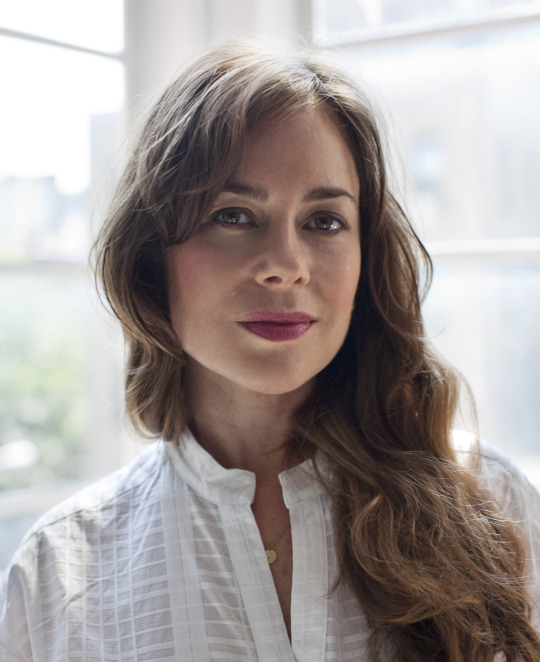
An Interview with Kate Bolick
I first encountered Kate Bolick’s writing in 2011, when, along with probably thousands of other “single ladies,” I was forwarded her investigative piece for The Atlantic. “All the Single Ladies” made hard-to-ignore arguments for how marriage had become an unattractive option for many women in an age of financial independence. I was in my early 30s and had been single for the majority of my adult life. I knew a lot of single ladies. It was the first time I’d seen our sheer numbers accounted for. Bolick was featured on the cover of that month’s Atlantic wearing a navy cocktail dress. Attractive, content, self-possessed: she looked like many of the single women I knew.
Last October, after a morning promoting her memoir/literary biography Spinster: Making a Life of One’s Own and back-to-back panels at the Montana Book Festival, Bolick agreed to go for a walk with me along Missoula’s Clark Fork River. A strange note about memory: It wasn’t until miles later, as we were walking far off the pedestrian path on a dusty, gravel road, no shade, sun beating down on us, that I looked over at Bolick in her black cocktail dress and matching heels and realized that I might have been more considerate toward her given her footwear—or so I remembered it months later, when I sat down to write this introduction. Bolick laughed when she read my account. Turns out she’d been wearing black jeans, a navy shirt, and perfectly walkable navy clogs that day. She must still have looked fancy by Montana standards.
We have since maintained a most cordial correspondence over email. Despite her busy touring schedule and the fact that the day of our walk I was a lowly graduate student with no cool connections, her replies have always been prompt, thoughtful, and gracious. What follows is a transcript of some of this correspondence.
— Alana Trumpy
I. CARVING OUT AN INTERIOR SPACE
THE BELIEVER: Near the beginning of your memoir, you quote Edna St. Vincent Millay: “There, thought unbraids itself, and the mind becomes single.” The line is sublime. Millay’s describing an island, and you quote her to capture how you feel in your childhood bedroom, where you first learned to love solitude. Later you call this draw toward solitude your “spinster wish.”
Do you think it’s any easier for female artists specifically to allow their thoughts to “unbraid themselves”—to have singular focus—when they’re not in a serious romantic relationship?
KATE BOLICK: Isn’t that line of Millay’s beautiful? Too, I like how it’s referencing an island, the natural world’s embodiment of the single life.
After I...
You have reached your article limit
Sign up for a digital subscription and continue reading all new issues, plus our entire archives, for just $1.50/month.
Already a subscriber? Sign in




